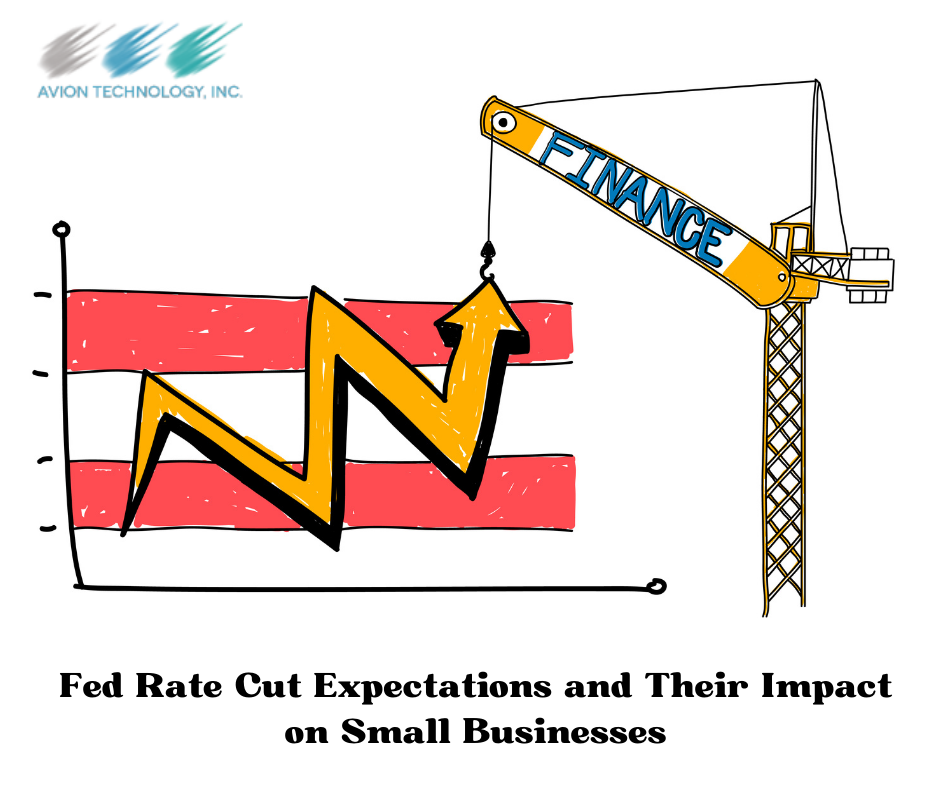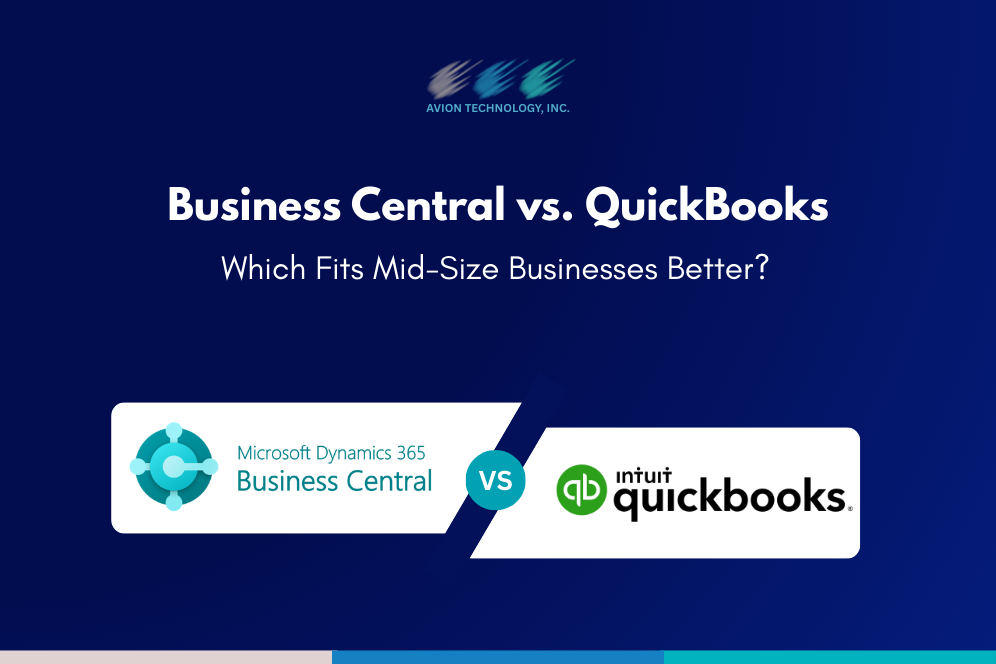When the Federal Reserve (Fed) adjusts interest rates, it doesn’t just affect Wall Street—it has a profound ripple effect across Main Street, impacting small businesses across various sectors, including IT companies, small-cap industries, and other pivotal sectors of the economy. In recent months, the growing anticipation of a Fed rate cut has sparked conversations across boardrooms, small business circles, and even among individual entrepreneurs. But how exactly does this potential cut in the federal funds rate influence small businesses, and what sectors are likely to benefit or face challenges?
This blog will examine the expected rate cuts, why they matter, and their broad implications for small businesses across different industries, focusing on IT companies, small-cap sectors, and revenue generation.
What Are Federal Rate Cuts?
The Federal Reserve uses interest rate adjustments to stimulate or cool the economy. A rate cut typically occurs when the Fed reduces the federal funds rate, the interest rate at which banks borrow and lend to each other overnight. This rate influences various financial products, from mortgages to small business loans.
Rate cuts are generally introduced to stimulate economic activity, especially during an economic slowdown or recession. Lower interest rates make borrowing cheaper, encouraging businesses and consumers to spend more. Conversely, rate hikes control inflation by making borrowing more expensive, thus slowing down spending.
The Fed has indicated that rate cuts may be on the horizon, and many are speculating on when and by how much.
Why is a Fed Rate Cut Expected?
The expectations of a rate cut stem from several factors, such as:
- Slowing economic growth: Concerns over declining GDP growth, inflation, and other macroeconomic factors have fueled speculation about a potential rate cut.
- Inflation control: While inflation is still challenging, lowering rates can temporarily boost businesses by making financing easier.
- Global economic conditions: International trade tensions, supply chain disruptions, and geopolitical uncertainties influence the Fed’s decision-making process.
The Impact of a Fed Rate Cut on Small Businesses
Small businesses are vital to the economy, accounting for much job creation and economic output. When the Fed cuts rates, it creates opportunities and challenges for these businesses. Here’s how it might play out:
1. Access to Cheaper Financing
Perhaps the most immediate benefit of a rate cut is lower borrowing costs. Many small businesses rely on loans to fund expansion, manage cash flow, or invest in new technology. A lower interest rate means cheaper debt, making it easier for businesses to secure capital without heavily impacting their bottom line.
- Impact on IT Companies: Many small—to medium-sized IT companies rely on external funding to support research, development, and adoption of new technologies. Lower borrowing costs can enable these firms to innovate faster, scale their operations, and compete more effectively in a tech-driven world.
- Impact on Small-Cap Industries: For small-cap industries, which typically operate on tighter margins, cheaper access to capital could mean the difference between growth and stagnation. Companies in manufacturing, retail, and other sectors can take advantage of lower loan payments to expand their business, upgrade infrastructure, or increase inventory.
2. Boost in Consumer Spending
Lower interest rates affect businesses and consumers. When rates drop, consumers are more likely to spend because borrowing costs on items like cars, homes, and even credit cards decrease. This increase in spending can drive up demand for goods and services, benefiting small businesses across multiple sectors.
- Retail Sector: Small retail businesses stand to gain from higher consumer spending, especially if the lower rates make it easier for customers to finance larger purchases. Whether through in-store purchases or e-commerce platforms, increased spending power can significantly boost revenue.
- Service Industries: Service-based businesses like restaurants, salons, and entertainment venues could see an uptick in customer traffic. With consumers more willing to spend, these businesses might experience higher foot traffic, sales, and client retention rates.
3. Increase in Business Investments
Businesses themselves tend to spend more when borrowing is cheaper. Rate cuts can encourage small business owners to invest in upgrading equipment, hiring more employees, or expanding their physical or digital footprint. This leads to more robust business operations and increased competitiveness in a crowded marketplace.
- Impact on IT Companies: For IT companies, this could mean more spending on software development, cloud infrastructure, cybersecurity enhancements, and artificial intelligence (AI) tools. Companies in this sector are always looking for ways to streamline operations and increase efficiency, and lower rates could provide the financial flexibility to make those investments.
4. Stock Market Response and Small-Cap Companies
The stock market reacts positively to rate cuts as investors anticipate stronger corporate earnings and economic growth. Small-cap companies with a market capitalization of less than $2 billion often benefit from rate cuts because they rely more heavily on debt than larger companies.
- Impact on Small-Cap Stocks: Lower borrowing costs can improve the financial health of small-cap companies, allowing them to finance growth at lower costs. This often results in higher stock prices, benefiting small business owners and investors. Furthermore, small-cap companies in biotech, energy, and consumer goods sectors may see an uptick in investor interest as their growth prospects improve in a lower-rate environment.
5. Challenges for Banks and Lenders
While lower rates benefit businesses looking to borrow, they can be a double-edged sword for banks and lenders. With lower interest rates, banks earn less on loans, which can lead to tighter lending practices. Small businesses, especially those in riskier sectors or with limited credit histories, might find it harder to secure loans despite the lower rates.
- Potential Impact on IT Startups: Small IT startups often rely on venture capital or loans to fuel their growth. If banks become more cautious about lending, some of these startups might struggle to access the funding they need, potentially stifling innovation in the tech sector.
6. Increased Competition
With cheaper financing and improved consumer spending, more businesses may look to expand or enter new markets, leading to increased competition. Small businesses must stay agile and innovate to stand out more competitively.
- Impact on IT Companies: In the IT sector, this could lead to more competition as new startups emerge and existing companies expand their offerings. Staying ahead requires constant innovation, cutting-edge technology investment, and superior customer service.
Long-Term Impacts of Fed Rate Cuts on Small Businesses
While the immediate effects of a rate cut are largely positive for small businesses, potential long-term consequences must be considered.
1. Inflationary Pressures
Sustained low interest rates can lead to inflationary pressures. While rate cuts can stimulate short-term economic growth, they can also increase prices over time. This could mean higher goods, services, and labor costs for small businesses. Business owners must balance the benefits of cheaper borrowing with the risk of rising operational costs in the long run.
2. Debt Accumulation
While lower interest rates make it easier to borrow, they also encourage debt accumulation. Small businesses must be cautious about too much debt, as an eventual rate hike could increase repayment costs. Proper financial planning and cash flow management are essential to avoid getting trapped in a cycle of debt.
3. Economic Uncertainty
Finally, the possibility of rate cuts reflects underlying economic uncertainty. While lower rates can provide temporary relief, they also signal that the Fed is concerned about the economy’s health. Small business owners should be mindful of broader economic trends and prepare for potential downturns or periods of volatility.
Sector-Specific Impacts of Fed Rate Cuts
Let’s delve a bit deeper into how rate cuts impact specific sectors within the small business landscape:
1. IT Sector
The IT sector is capital-intensive and requires ongoing research, development, and innovation investment. Lower borrowing costs make it easier for small IT companies to secure funding for growth and expansion. Moreover, lower rates can spur consumer and business spending on technology, benefiting small IT firms offering software, hardware, or digital services.
2. Retail Sector
Retailers, especially small independent stores, are highly sensitive to changes in consumer spending. Lower rates encourage more online and offline consumer purchases, increasing revenue for small businesses. Additionally, retail businesses can benefit from cheaper loans for expansion, renovations, or inventory increases.
3. Healthcare Sector
Small healthcare providers, such as independent medical practices or dental offices, can benefit from a rate cut. These businesses often need equipment, technology upgrades, or facility expansion loans. Lower rates can help reduce borrowing costs and increase operational efficiency.
Why Small Businesses Should Stay Informed
Fed rate cuts present various opportunities and challenges for small businesses across sectors—from IT companies to retailers and healthcare providers. The key benefits are access to cheaper financing, increased consumer spending, and better business investment opportunities. However, the potential risks of inflation, debt accumulation, and increased competition must also be considered.
Small business owners should remain informed about rate changes and be ready to adapt their financial strategies accordingly. With proper planning and a keen understanding of market conditions, businesses can take full advantage of a Fed rate cut and position themselves for growth and success.
Whether in the tech industry or running a small retail store, staying agile in today’s competitive landscape is essential. As the Fed weighs its next move, it is time to prepare for what’s ahead—whether that means refinancing debt, investing in new technology, or ramping up marketing efforts.








